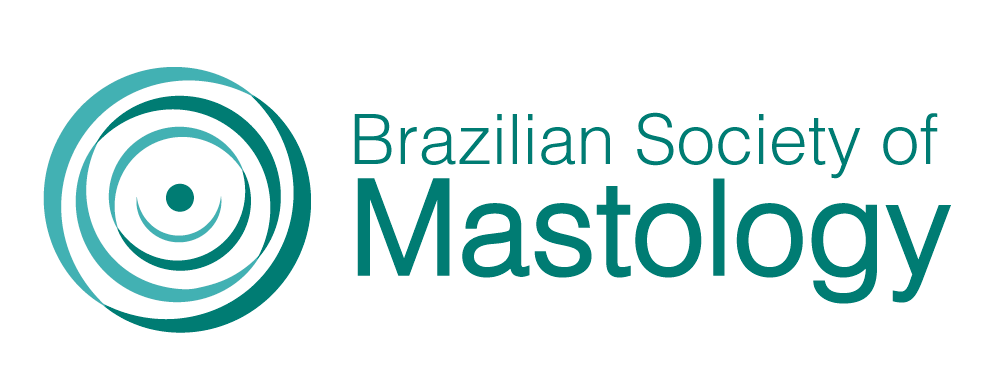IMPACT OF THE MAMMAPRINT GENETIC SIGNATURE ON THE DECALONATION OF THE CHEMOTHERAPY TREATMENT IN A MEDIUM INCOME COUNTRY
STUDY OF REAL LIFE
Palavras-chave:
Breast Cancer, Genetic Tests, Prognostic Factors, ImmunohistochemistryResumo
Introduction: Genetic signatures have been used in the attempt of de-escalate the treatment of breast carcinoma, reducing the indication for adjuvant chemotherapy (CTAd) in patients with luminal tumors with high clinical risk. The MINDACT trial, using the 70 gene platform MammaPrintTM, analyzing a cohort of European patients, showed that it was possible to save 46% of the use of CTAd in this population. However, there is a lack of information regarding the impact of this platform in the low- and medium-income countries (LMIC). Objective: The objective of this study was to analyze the Brazilian population with luminal breast cancer with high clinical risk, subjected to genomic analysis by the MammaPrintTM signature, the percentage of de-escalation of the systemic treatment, saving patients with low genomic risk from chemotherapy, using the MINDACT trial criteria. Methodology: Data were collected from 815 patients who underwent the MammaPrintTM genetic platform, provided by the GenCell Pharma database, from several Brazilian states, with luminal profile, by immunohistochemistry (IHC), breast carcinoma, and high clinical risk by the criteria of the MINDACT trial. The percentage of these patients who had a low genomic risk was calculated using MammaPrintTM. Patients were categorized by age group and menopausal status. The correlation of low and high clinical and genomic risks was also analyzed according to the Brazilian macro-regions, considering the municipal human development index (MHDI). MammaPrintTM values ³0.355 were considered to be genomic ultra-low risk. Results: The age of the patients ranged between 29 and 97 years. Of the 815 patients, 14 (1.71%) had a non-luminal profile to BluePrintTM and were excluded, although demonstrating that there was a strong statistical significance between IHC and BluePrintTM. Out of 801 luminal profile patients of high clinical risk to MammaPrintTM, 477 had low genomic risk, representing a percentage of 59.5%. Of the patients with low genomic risk 124 (15.48%) were ultra-low risk, considering the cutoff of 0.355. When assessing the age group, low genomic risk represents 46% of patients aged below 35 years, 51% of those aged between 35 and 49 years old, 61% aged between 50 and 70 years, and 64% of patients aged above 70 years old. Taking into consideration the menopausal status, 51% of low genomic risk were premenopause and 62% were postmenopause women. The correlation between the MHDI of the Brazilian macro regions and the presence of breast cancer of high genomic risk was not statistically significant. Conclusions: The use of the MammaPrintTM genetic signature in a Brazilian cohort, with high clinical risk, demonstrated that 59.5% of the patients could be spared from CTAd, more markedly in the postmenopause women, which represents 62% of the sample. This real-life study showed that for LMICs, MammaPrintTM can generate an even more significant CTAd de-escalation than that observed in the European cohort by the MINDACT study. A broader assessment with analysis of the clinical outcome is needed to confirm these results.
Downloads
Downloads
Publicado
Como Citar
Edição
Seção
Licença
Copyright (c) 2021 Fabio Postiglione Mansani, Márcia Magalhães Fernandes, Ruffo de Freitas-Junior

Este trabalho está licenciado sob uma licença Creative Commons Attribution 4.0 International License.







